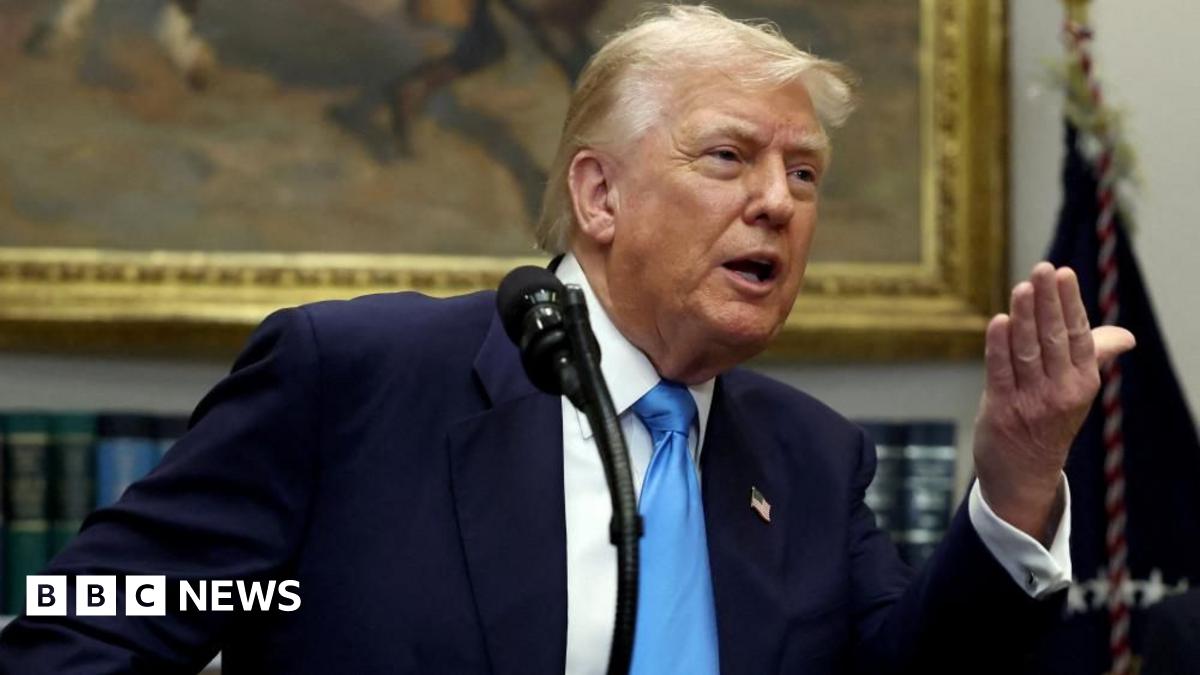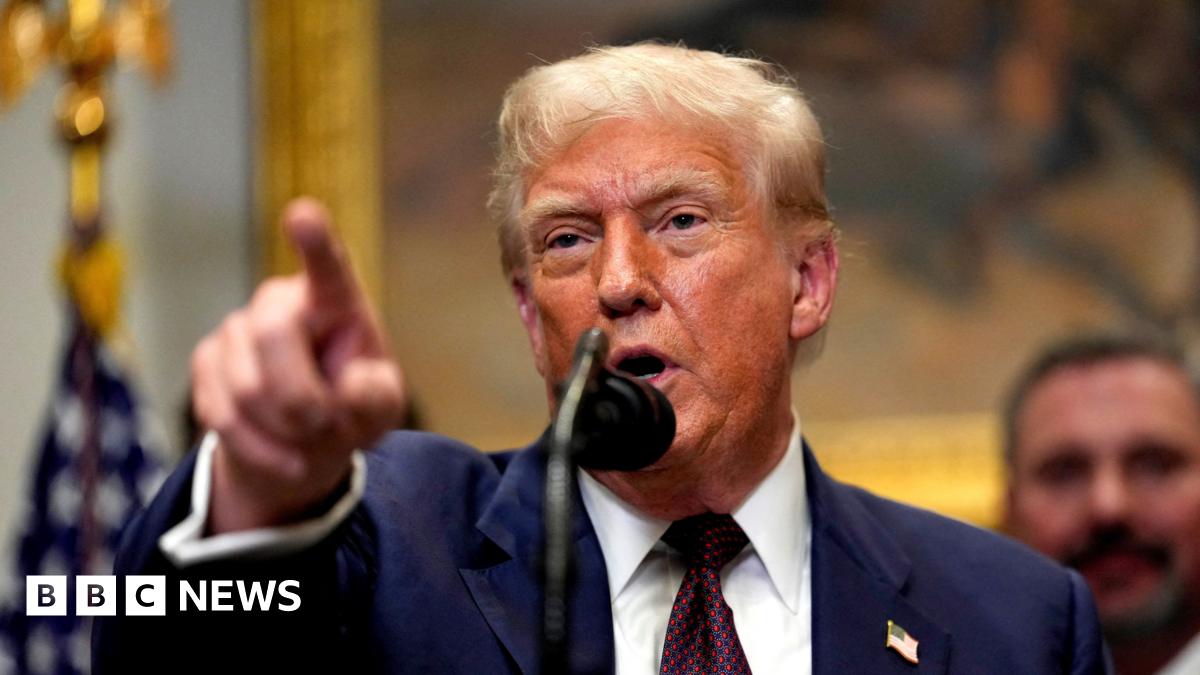What Happened
On June 11, 2025, stock markets experienced a decline despite the announcement of a trade deal framework between the United States and China, as well as better-than-expected inflation data. The S&P 500 fell by 0.27%, while the Nasdaq Composite dropped by 0.5%. The Dow Jones Industrial Average remained relatively flat during the trading session. The decline occurred even after President Donald Trump declared on social media that the trade deal with China was “done,” pending final approval from both himself and Chinese President Xi Jinping.
The Bureau of Labor Statistics reported that the Consumer Price Index (CPI) rose by 0.1% in May compared to the previous month and was up 2.4% year-over-year. These figures were slightly below economists’ estimates, indicating that inflation pressures may be easing, albeit marginally. The mixed signals from the inflation data and trade developments contributed to the market’s downward trend.
Key Details
-
Stock Market Performance:
- S&P 500: -0.27%
- Nasdaq Composite: -0.5%
- Dow Jones Industrial Average: Flat
-
Inflation Data:
- CPI increase: 0.1% month-over-month
- Year-over-year CPI increase: 2.4% (up from 2.3% the previous month)
-
Trade Deal Announcement:
- Trump stated on Truth Social that the trade deal with China is complete, pending approval from both leaders.
- The deal reportedly includes provisions for rare earth minerals and tariff adjustments.
-
Market Context:
- The announcement of the trade deal followed two days of discussions in London between U.S. and Chinese officials, leading to a framework for implementing the agreement.
Multiple Perspectives
The market’s reaction to the trade deal and inflation data has drawn various interpretations from analysts and market participants. Some analysts argue that the decline in stock prices reflects investor skepticism regarding the details and implementation of the trade agreement. According to this viewpoint, while the announcement of a deal is positive, the lack of specific details may have led to uncertainty among investors.
Conversely, others suggest that the better-than-expected inflation data should have provided a boost to market confidence. They argue that the slight cooling in inflation could lead to more favorable monetary policy from the Federal Reserve, potentially supporting economic growth. However, President Trump’s public call for a significant interest rate cut may have added to market volatility, as it raises questions about the Fed’s future actions.
Context & Background
The U.S.-China trade relationship has been a focal point for global markets, particularly in light of previous tariffs and trade tensions that have impacted various sectors. The announcement of a trade deal framework is significant as it suggests a potential easing of these tensions, which could have positive implications for international trade and economic stability.
Inflation data is also critical as it informs the Federal Reserve’s monetary policy decisions. The CPI is a key indicator of consumer price changes, and its trends can influence interest rates, which in turn affect borrowing costs and consumer spending. The current inflation rate, while slightly below expectations, remains above the Fed’s target, indicating that inflationary pressures are still a concern.
What We Don’t Know Yet
Several uncertainties remain regarding the trade deal’s specifics and its potential impact on the market. While Trump has announced that the deal is “done,” the lack of detailed terms raises questions about its implementation and the actual benefits for both countries. Additionally, the market’s reaction to future inflation data and the Federal Reserve’s response to these trends will be crucial in determining the economic outlook.
Furthermore, ongoing geopolitical factors, such as tensions in other regions and domestic political developments, could also influence market performance. Investors will be closely monitoring these variables as they assess the implications of the trade deal and inflation data on future economic conditions.





